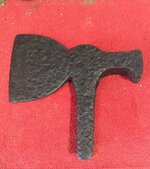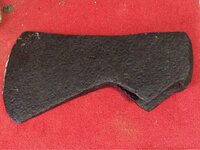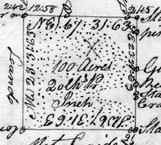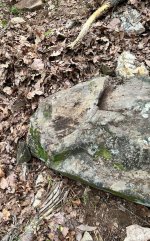ManFromMu
Tenderfoot
Greetings all, I'm just starting out and have spent the last few weekends out in the woods and fields looking for history. So far I've been finding mostly garbage, which ive actually enjoyed, so I cant wait for the feeling of finding something legit. I'm hoping I can benefit from pooling all of your collective experience. I live in an area of SE Connecticut full of old farms hidden in the woods. I've got all the old maps, checking it against the state LiDAR hosted by UCONN, read historical accounts of my town and have mapped out and found countless walls and foundations. Heres an example of an old estate from somewhere between 1750-1850. A local family owned a farm here since 1750s and then in 1800s heirs built an estate on it:
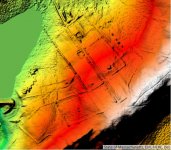
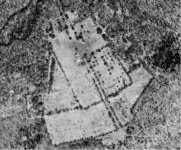
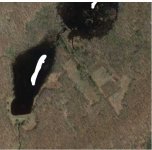
But I'm dealing with extensive brush and growth along most walls and foundations, making access tough and swinging the detector almost impossible. So if im going to be able to even check the spots I assume are going to be best I've got to do some significant clearing. Presumably fall will be a little easier but I dont want to wait. In your experience where should i be spending my time? Are fields away from the main house generally fruitful? The still cleared centers are the easiest places to access and use my detector, but does anything ever turn up in the middle of an old crop field or should i stick to checking along the stone wall boundaries? Are corners better than the center? Do things usually turn up on the inside, next to or just in the vicinity an old foundation? Do I just go all in and spend a few days clearing brush from around the foundations? What other tips do you all have? I'll take any advice.
Thanks in advance!



But I'm dealing with extensive brush and growth along most walls and foundations, making access tough and swinging the detector almost impossible. So if im going to be able to even check the spots I assume are going to be best I've got to do some significant clearing. Presumably fall will be a little easier but I dont want to wait. In your experience where should i be spending my time? Are fields away from the main house generally fruitful? The still cleared centers are the easiest places to access and use my detector, but does anything ever turn up in the middle of an old crop field or should i stick to checking along the stone wall boundaries? Are corners better than the center? Do things usually turn up on the inside, next to or just in the vicinity an old foundation? Do I just go all in and spend a few days clearing brush from around the foundations? What other tips do you all have? I'll take any advice.
Thanks in advance!
Amazon Forum Fav 👍
Last edited:


